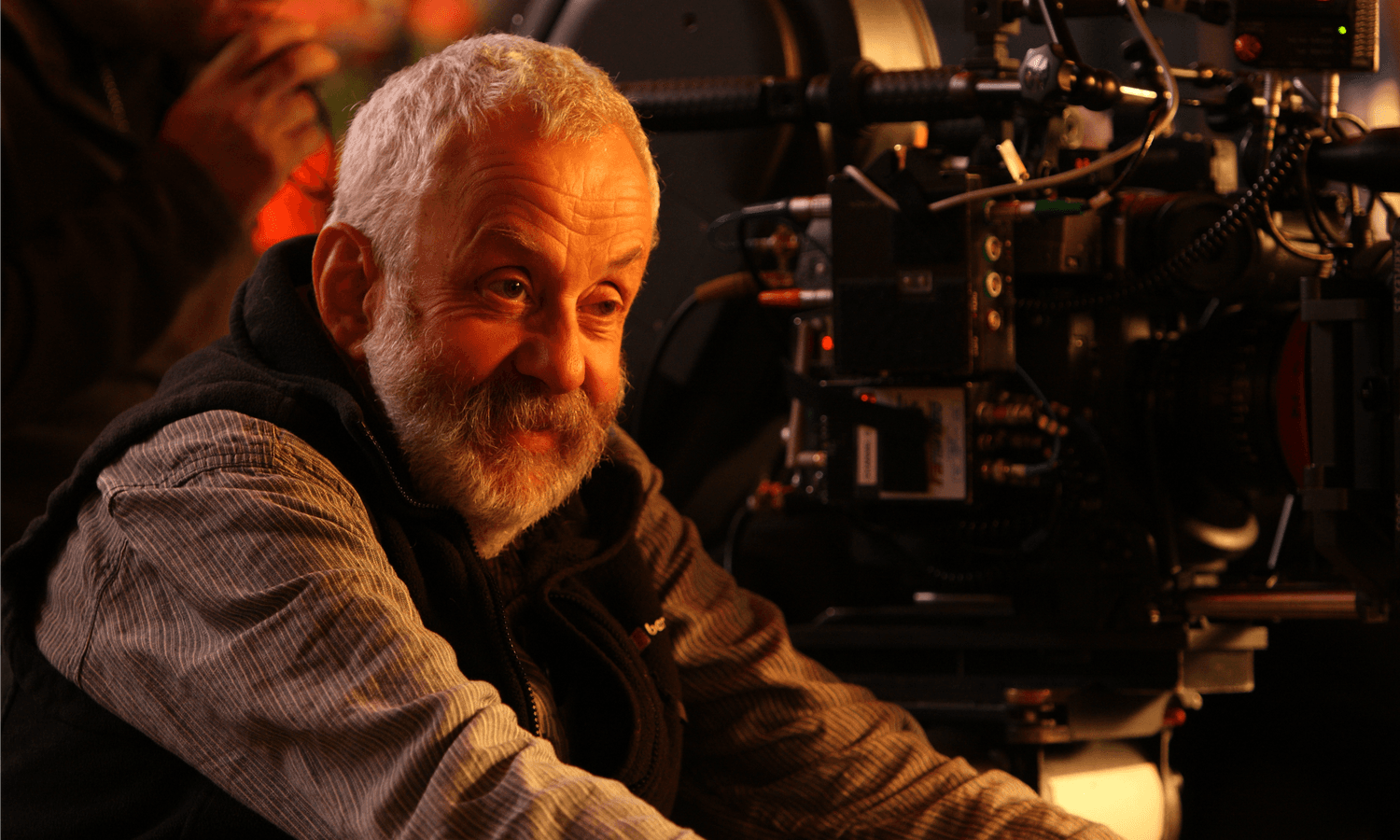Mike Leigh: Most Movies Are Boring
The 19th-century British painter J.M.W. Turner still inspires awe with his evocative landscapes and brand-new locomotives. The foremost painter of his time, he took a turn late in his career toward a radical degree of abstraction, anticipating Impressionism by several decades.
In Mike Leigh’s Mr. Turner, Timothy Spall plays the painter as a grunting, grimacing, sour, disheveled genius. The film’s writer and director is Mike Leigh, who for four decades has been making movies about ordinary, middle-class Britons muddling through: Secrets and Lies, Vera Drake, Another Year, Happy-Go-Lucky. Leigh’s movies aren’t violent, noisy, or action-packed. Instead, they attempt to approximate the texture of real life in all its sad, funny, absurd, joyous complexity.
Hear Kurt’s full conversation with Mike Leigh below.
“Life is complex and subtle and contradictory,” Leigh tells Kurt Andersen in an interview. “Movies, on the whole, don’t depict life that way. Movies on the whole are black and white, and simplistic, and boring, and I try to make films that aren’t all those things.”
Over dozens of films, Leigh has cultivated a troupe of actors who work with him to develop the scripts of the movies they’re going to act in. “I cast actors, and I explore with each actor and we create a character,” Leigh says. Together, they collaborate on the characters’ biography and story, and the actors improvise scenes. These improvisations eventually resolve into a finished script that Leigh shoots like a typical movie. But, unlike most film shoots, the actors only get to read scenes that their characters are in. “Every actor only knows what his or her character will know, which makes it possible to investigate situations in a completely truthful and organic way.” Leigh hit upon this improvisatory method of developing a story in the 1960s and stuck with it ever since. “The journey of making the film is the job of discovering what the film is,” he says.
Even with a historical film about well-documented figures — Leigh’s Topsy-Turvy (1999) is about Gilbert and Sullivan — he says that the method isn’t radically different. “Even when we make contemporary films, we still do a massive amount of research into all sorts of things. You can research for a million years, but that doesn’t make it happen in front of the camera.”
Turner seemed like an obvious choice to the filmmaker himself. “I looked into it and thought, ‘Wow this is a great character for a Mike Leigh film,'” Leigh recalls. Turner was the son of a London barber who encouraged his son’s talent for painting; at age 15, he was admitted to the Royal Academy of Art, marking his acceptance into the country’s artistic establishment. In the film, Turner’s Cockney accent and gruff manners distinguish him from many of the other Academy painters. “They all know he’s different. They know he’s better.”
Bonus Track: Kurt’s extended conversation with Mike Leigh
